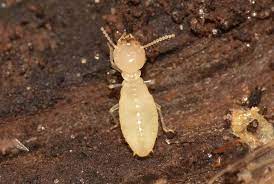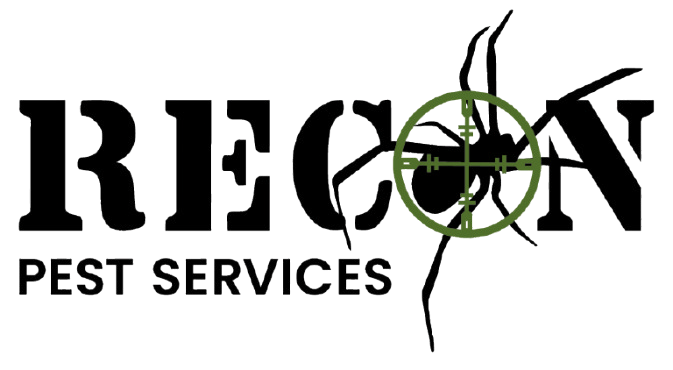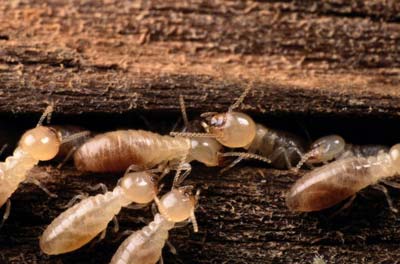Table of Contents
Termites are fascinating creatures, often underestimated due to their small size. Among the different castes of termites, the worker termites are the real heroes. They are the backbone of a termite colony, responsible for its growth, sustenance, and survival. Let’s embark on an enlightening journey to understand the world of worker termites, their roles, characteristics, and the potential risks they pose to our homes.
1. Identifying Worker Termites
Worker termites can be distinguished from other members of the colony based on their physical attributes. They are generally smaller than the king and queen of the colony. Their bodies and heads are more rounded, and their antennae are straight. Unlike the soldiers and swarmers, worker termites lack pigmentation, resulting in a pale or white body color.
However, it’s important to remember that termites are highly adaptive creatures and their physical characteristics can vary based on their species and environmental factors.
2. The Role of Worker Termites in the Colony
The worker termites play a pivotal role in the termite colony. They’re primarily involved in constructing and maintaining the nest, foraging for food, caring for the young termites, and defending the colony from potential threats. These termites are equipped with strong mandibles that allow them to chew through wood and other cellulose-containing materials.
These diligent workers have a critical dependency on moisture. They’re typically found near areas with a high water availability, like leaky pipes or foundations, which provides them with the necessary hydration for their survival and functioning.
3. The Potential Threat Posed by Worker Termites

While worker termites play an essential role within their colony, they can be quite a menace for homeowners. Worker termites are the ones that actually cause damage to wooden structures. They feed on the cellulose present in the wood, which leads to significant structural damage over time.
Apart from wood, worker termites can also feed on other cellulose-containing materials such as drywall, wallpaper, clothing, and even carpet. This makes them a potential threat to virtually every part of your home.
4. Damage Caused by Worker Termites
It’s crucial to note that termite damage is typically not covered by average homeowner insurance policies. This makes it even more important to regularly inspect your property for any signs of these destructive pests and take prompt action if an infestation is detected.
The damage caused by worker termites can include:
- Buckled or sagging floorboards
- Discoloration or bubbling paint on walls or ceilings
- Small holes in your drywall with small flecks of dirt or even termite mud tubes
- A ribbed pattern in the wood around your home, following the wood grain
- Mud tubes or termite tunnels seen flowing up vertical structures, especially near your home’s foundation
5. Methods to Eliminate Worker Termites
If you suspect a termite infestation in your home, it’s crucial to act quickly. Delay can lead to substantial damage that can be expensive to repair. Here are a few strategies to eliminate worker termites:
- Bait Stations: These are placed around your property and contain poison that can effectively kill termites.
- Liquid Termiticides: These are applied directly to the soil around your home and can kill termites upon contact or ingestion.
- Fumigation: This involves enveloping your entire home with a gas called sulfuryl fluoride, which is lethal to termites.
Remember, these methods should be implemented by a professional pest control company, like RECON Pest Services, to ensure effectiveness and safety.
6. Frequently Asked Questions About Worker Termites
Let’s address some of the common questions people often have about worker termites.
How Do Worker Termites Communicate?
Worker termites utilize a process known as trophallaxis to communicate. This involves the exchange of food and liquid from their mouths. This way, they can inform each other about the tasks that need to be performed for smooth functioning of the colony.
Can Worker Termites Reproduce?
Worker termites can reproduce, but only if they transition into a winged state. These winged termites, also known as alates, are the ones that leave the colony to establish new ones.
Do Worker Termites Have Wings?
Worker termites do not have wings. However, the alates, which were once worker termites, develop wings when they’re ready to leave the colony and start a new one.
7. The New Understanding
Understanding the world of worker termites gives us a new perspective on these industrious insects. Their elaborate social structure and their roles in the survival and growth of their colony are indeed intriguing.
However, for homeowners, these tiny creatures can pose a big problem. Therefore, it’s important to stay vigilant and take prompt action at the first sign of an infestation. Remember, your first line of defense is knowledge.
For any more queries or assistance with termite control, feel free to contact RECON Pest Services. We’re here to help you keep your home termite free!





